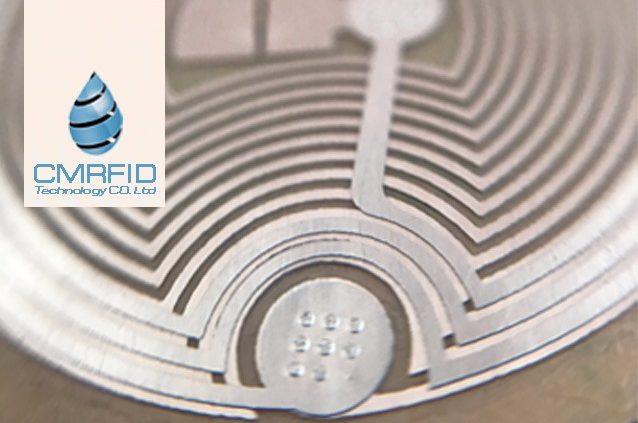High Frequency Introduction
High-Frequency (HF) RFID is among the most practical used trackingtechnology in industrial applications, and is often implemented because of its reliable/accountable operation.
HF RFID tags use inductive coupling to communicate between read/write heads and transponders. The reader emits a magnetic field, and when a transponder passes through, an electric current is created that powers the RFID tags and transmits data. Inductive coupling creates a well-defined magnetic field that is smaller but easier to control. With high-frequency systems, the strength of the signal depends on the distance from the antenna. This accounts for its short-range operation, reaching up to 50 cm.
HF RFID has an operating frequency of 13.56 MHz and can accommodate read-only, write-only and rewritable tags, with a memory capacity from 64 bytes to 8 kilobyte and can handle up to 20 tags at one time. Further, the amount of memory on the tag determines the amount of data that can be stored, and to accommodate various application requirements, tags are available in many different shapes, sizes and materials.
Along with performance capabilities, it is crucial to consider the limitations of each RFID frequency, more specifically its air interface, which defines the way the tag communicates with the reader. By knowing a frequency’s air interface, the tag’s read range is determined and compatible readers can be identified. For HF RFID systems, the air interface size and shape are independent of the surrounding environment. High-frequency distribution fields are a homogeneous shape, which prevents communication gaps or blind spots, making it less susceptible to environmental influence. Additionally, with long wave-lengths, HF RFID prevents the absorption or penetration of liquids and the radio waves will not bounce off metal and cause false reads making it resistant to performance degradation in wet applications or metallic environments.









Leave a Reply
Want to join the discussion?Feel free to contribute!